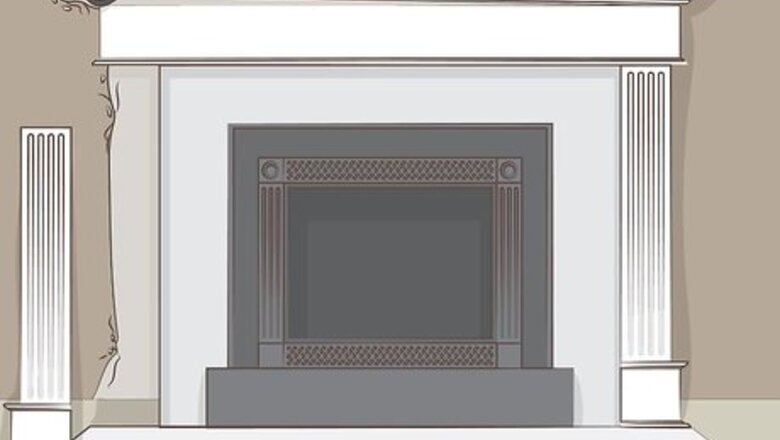
views
X
Research source
Although this is a job best done by professionals, especially if you have a gas insert, it is possible to remove your fireplace insert yourself.
Removing a Wood-Burning or Electrical Insert
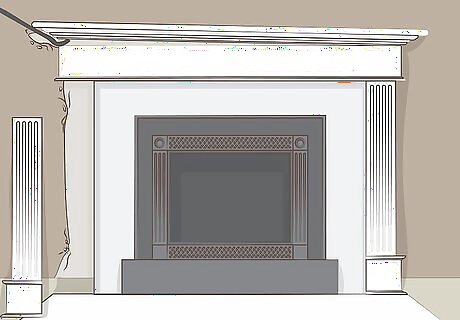
Remove all of the trim from around the fireplace insert. This may include removing some or all of the brick, rockwork, drywall, and even framing from around the fireplace. You may have to use a hammer or mallet to break apart the framing materials, then use a crowbar to pry them away. The insert may be considerably larger than it appears at first, since it is hidden behind this framing.
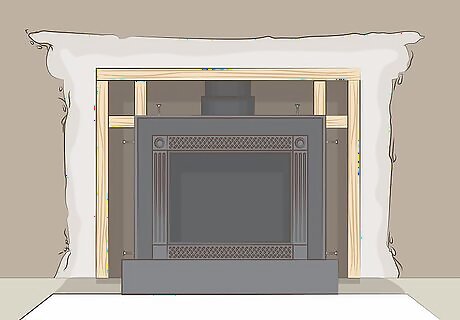
Remove any nails holding the insert flashing to the wood framing. Sometimes an insert will be surrounded by something called flashing, or flat pieces of metal which overlap the wood framing around the insert. The flashing is often nailed into the framing to hold the insert in place. Grab the head of each nail with the hooked end of your hammer and pry it free.
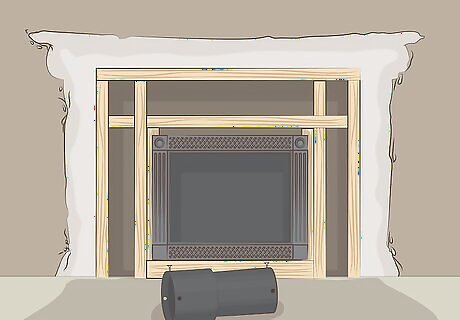
Disassemble any pipes, vents, or other pieces of the insert. Since fireplace inserts are very heavy, it will help if you can take off as much weight as possible. If you see anything that you can dismantle, take it off before trying to move the insert. Look for screws you can take off with a wrench to help loosen the various pieces. If you're planning on discarding the insert, you can also remove pieces by breaking them off with your hammer or prying them apart with your crowbar.
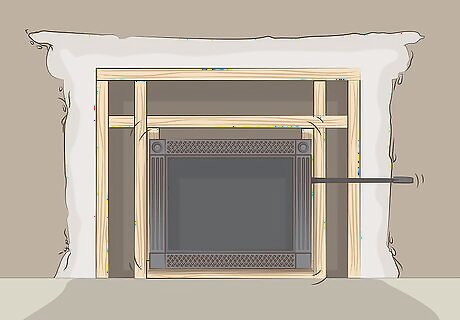
Pry the insert out of place with a crowbar. A fireplace insert can be 250 lb (110 kg) or more. The insert has probably settled into place, so a crowbar will help you start to loosen it from its surroundings. Remember to use your legs to bear most of the weight when you're lifting something heavy. Maintain the natural curve of your back and try not to twist your torso to avoid injuring your back. You will probably need to have someone help you move the insert if you're not used to lifting heavy objects on your own.
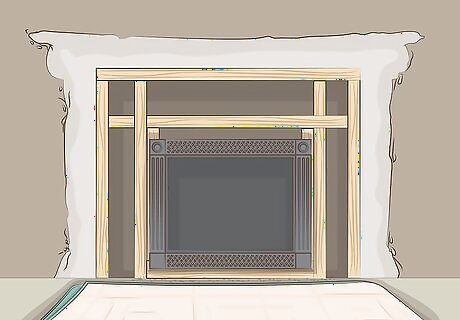
Place thick carpet on the floor in front of the hearth. Before you remove the insert, lay down a thick rug, a piece of spare carpet, or any other cushion you can find. A thick piece of carpet will help you slide the insert across your floor more easily as you move it, and it will also protect your floor from being damaged. The carpet should be at least 5 foot (1.5 m) longer and wider than the insert so you can easily grab the edges when you're moving the insert. To ensure it protects the floor, it should be at least 1 inch (2.5 cm) thick. If you don't have an old scrap of carpet handy, try piling up some old pillows or thick blankets on the floor. Keep in mind that whatever you use may get dirty or torn.
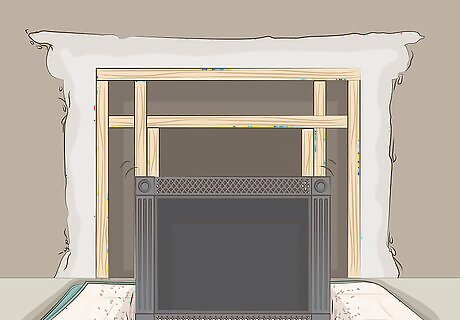
Wiggle the insert down onto the carpet. If you’re not used to heavy lifting, or if the insert is too heavy for you to move yourself, you might want to ask a friend to help you with this part so you don’t get injured. Using a push-pull technique, slowly work the insert out of its place and let it drop onto the piece of carpet you laid down. Try to keep the insert upright so it doesn’t spill coal and ash everywhere.
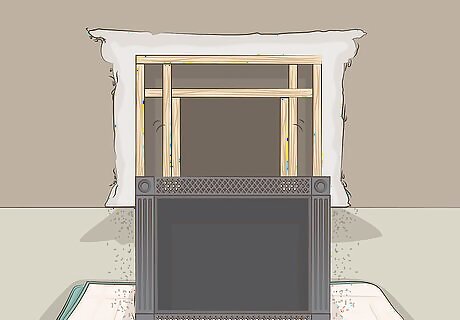
Move the insert by sliding the carpet across the floor. This method is going to work best with a hardwood floor, but you still might need someone to help you move it, especially if you have to lift it over a raised sill to get it out the door. If your fireplace is on a second floor, you’ll probably need the help of professional movers to get the insert down the stairs.
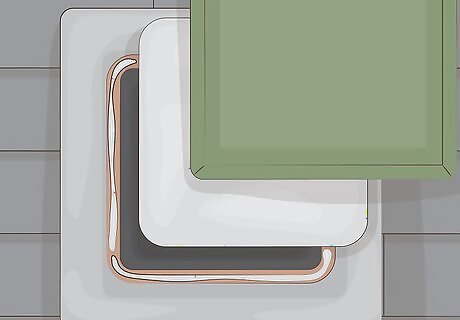
Block off the vent if you don’t plan on using the fireplace anymore. Use screws to attach a piece of plywood or sheet metal cut to the size of your vent to seal it. You can also purchase a chimney cap to place on top of your chimney to make sure the seal is air-tight.
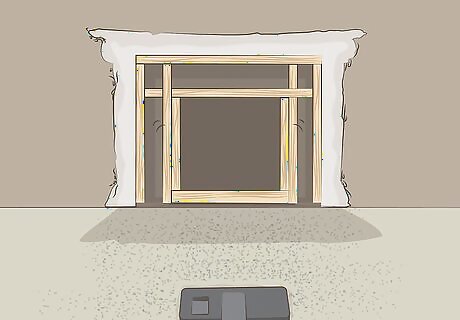
Sweep or vacuum any dust and ash from the area. Moving a fireplace insert can be messy, so you'll want to thoroughly sweep or vacuum the area to clean it after your project is finished.
Disconnecting a Gas Insert
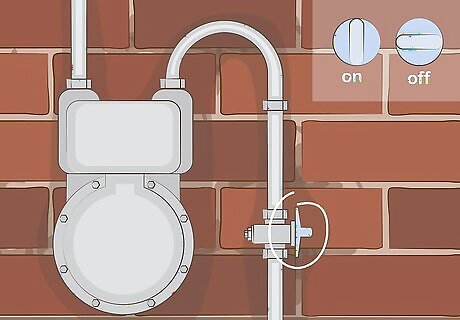
Turn off the gas to the house at the main valve. Before you do anything else near a gas fireplace insert, locate the shutoff valve that controls the gas to your entire home. This is usually a valve located between the main gas pipe and the first appliance, and it’s known as a house-side shutoff valve. It should have a lever that you can close with a quarter of a turn. There is usually a valve located just before the meter that must be opened and closed with a wrench. This is known as a street-side valve, and should only be operated by someone from the gas company. Some homes, especially older ones, do not have a house-side valve. In this case, call the gas company and have them turn off your gas for you.
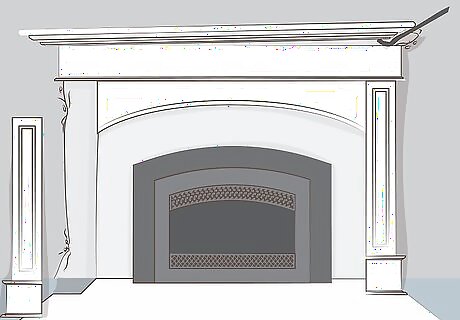
Use a crowbar to remove any trim around the insert. You may have to remove bricks, drywall, or framing from around the insert in order to expose the whole thing. A crowbar should help you pry the trim loose, although you may need to break it into pieces with a sledgehammer before you can remove it.
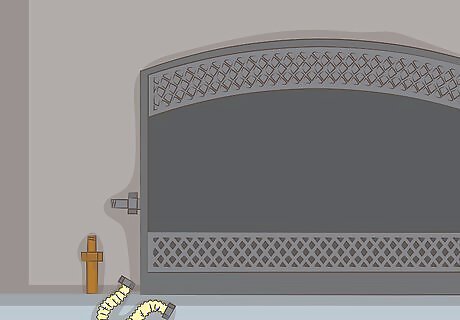
Disconnect the gas line from the insert after you have removed the trim. To dismantle the gas line, it’s best to call a professional plumber with a gas fitter’s license. However, if you are going to attempt this yourself, use an adjustable or crescent wrench to unscrew the gas line from the fireplace insert before you move the insert. Since the gas should already be turned off, there's no need to cap the gas line until after you have removed the insert.
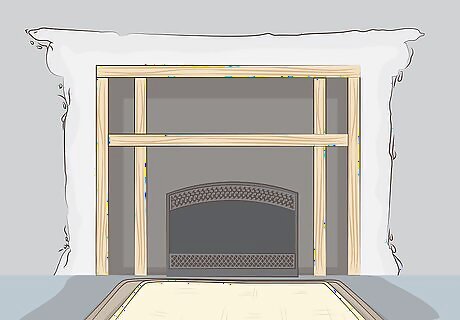
Lay a piece of carpet or a stack of old blankets in front of the fireplace. In addition to protecting your floor from becoming damaged, having carpet or blankets on the floor will help the insert slide easily across the floor when you move it. Remember that whatever you use beneath the fireplace insert is likely to get stained or torn. Choose a piece of carpet that's at least 5 foot (1.5 m) longer and wider than the insert. You'll need the overlap so you'll have something to grab onto when you're moving the insert. For the best protection, it should be at least 1 inch (2.5 cm) thick.
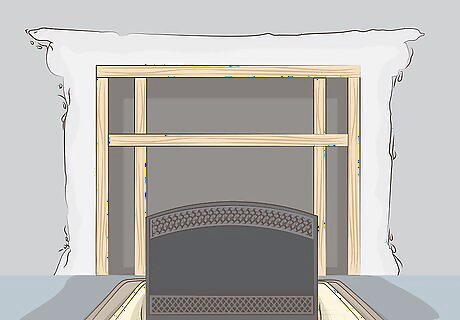
Carefully wiggle the insert out of its place and onto the carpet. You may need a friend to help you move the fireplace insert, since they are usually very heavy. Remember to always lift with your knees, and avoid twisting or leaning backwards as you lift so you don't injure your back. You may have to use a crowbar to loosen the insert enough to be able to move it by hand. Push or pull the insert so that it slides across the floor as you remove it from your house.
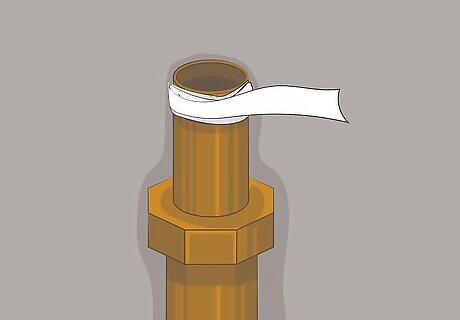
Wrap a brass gas line cap in Teflon tape. Teflon tape is rated for use on a gas line, and it’s used to seal the pipe to protect against gas leaks. Wrap the threads of your brass cap in 3-4 layers of the Teflon tape. Teflon tape is usually yellow, as opposed to basic plumber’s tape, which is white. You can purchase a brass safety cap and Teflon tape from any home improvement store.
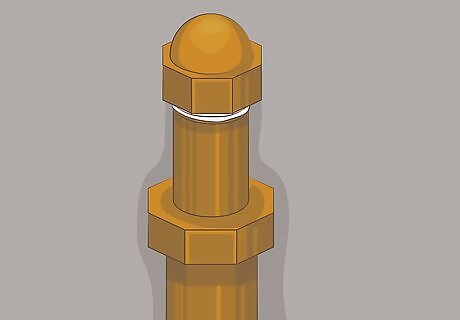
Screw the brass cap into your gas line after you’ve removed the insert. Even with the Teflon tape, you should still be able to fit the brass cap into the line easily. Hold the gas line with a pair of channel lock pliers, then use a wrench to tighten the cap as much as you can.
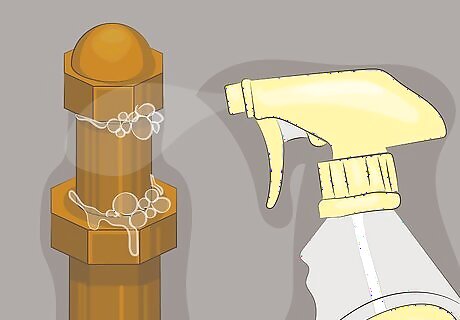
Check for gas leaks by spraying your cap with soapy water. Once you’ve turned on the gas to your home, generously squirt dish soap into a household spray bottle filled with water, then spray the mixture onto the gas cap you just installed. If you see any bubbles, it means there is a leak in the cap. If you have found a gas leak, close the shutoff valve again and call the gas company to help you with your repair.
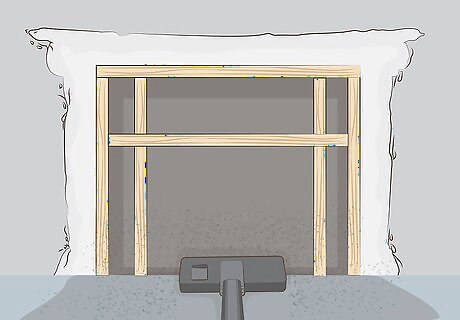
Vacuum or sweep to clean up after removing the insert. Removing your gas fireplace insert can stir up a lot of dust, cobwebs, and other dirt. Vacuum or sweep the area after you get the fireplace removed to ensure you don't leave any of the dirt behind.




















Comments
0 comment